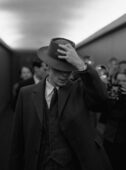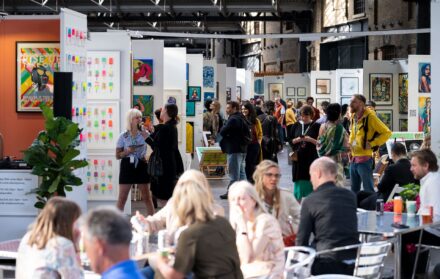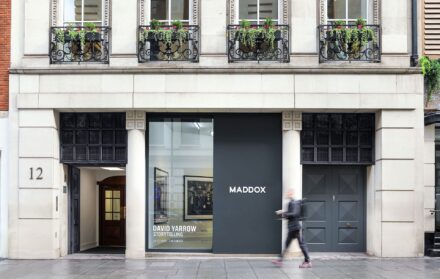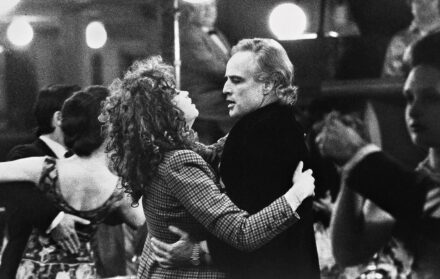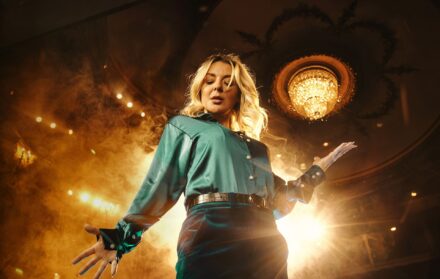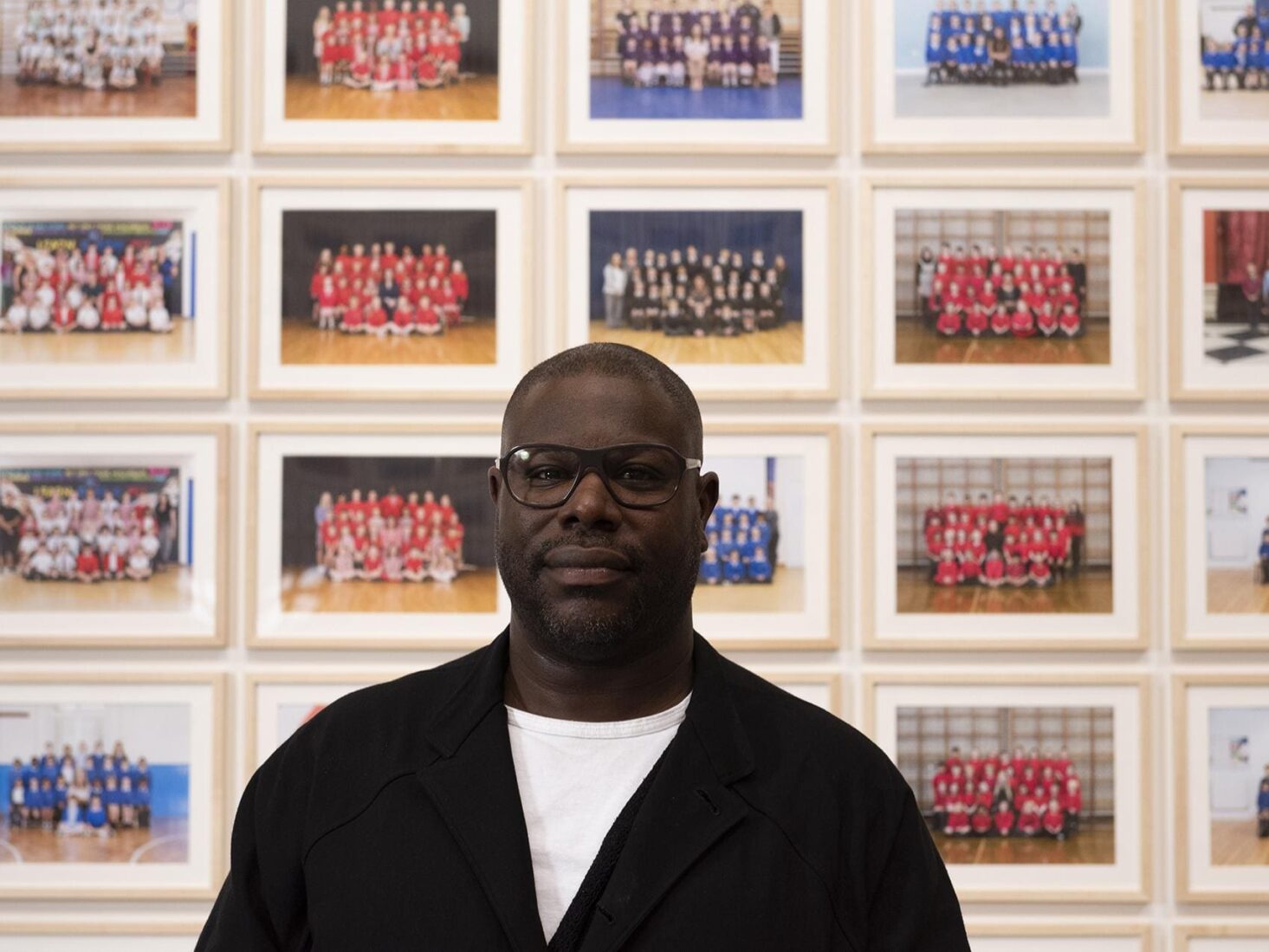
McQueen and Country: Steve McQueen at the Tate Modern
Having authored some of the most pivotal moving pictures ever created, screenwriter, sculptor and film director Steve McQueen is one of Britain’s most important and influential artists – a new exhibition at Tate Modern aims to
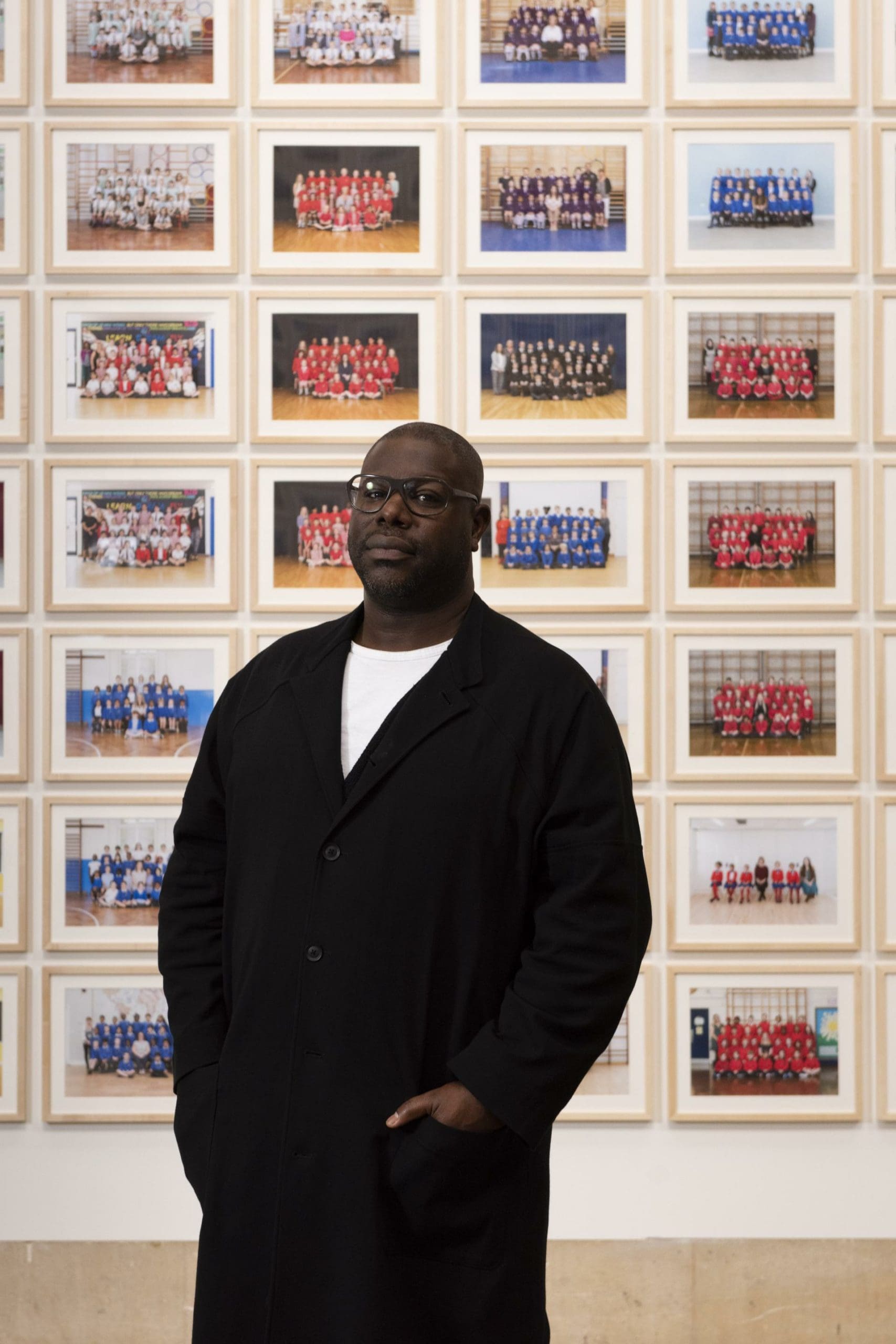
There are many entry points to an exhibition of work by Steve McQueen,” writes exhibition curator Clara Kim in her book On Steve McQueen, which accompanies the artist’s eponymous showcase launching at Tate Modern this February. “More than merely a succession of works arranged chronologically or thematically, the unfolding of the works in space and a physical engagement with the image are crucial to the experience of viewing McQueen’s output.”
Born in London in 1969 (although he now lives in Amsterdam), the influence of the British artist, film-director and screenwriter Steve McQueen cannot be overstated. Having authored some of the most pivotal works of moving image designed for gallery-based presentation, his films for popular release- Hunger (2008), Shame (2011), 12 Years a Slave (2013) and Widows (2018) -made their mark in cinematic history for different reasons. His first feature film, Hunger, for which he won a BAFTA, was a merciless portrayal of the provisional IRA member Bobby Sands starving himself to death in prison. Shame “could not have been a less sexy study of sex addiction” one critic wrote at the time, but it took more than £10m at the box office. Widows is a thriller about a group of women who vow to finish the heist their husbands died attempting.
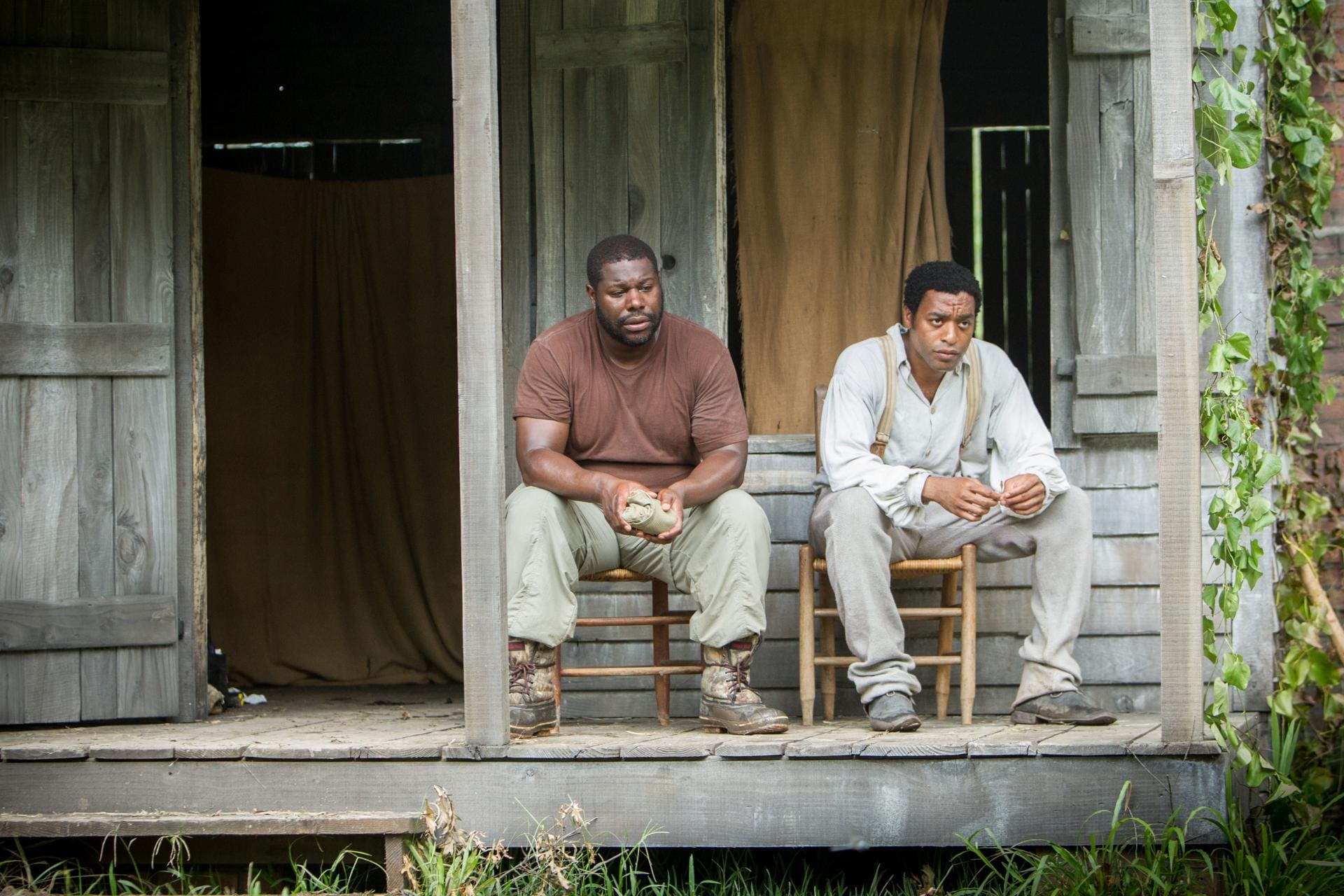
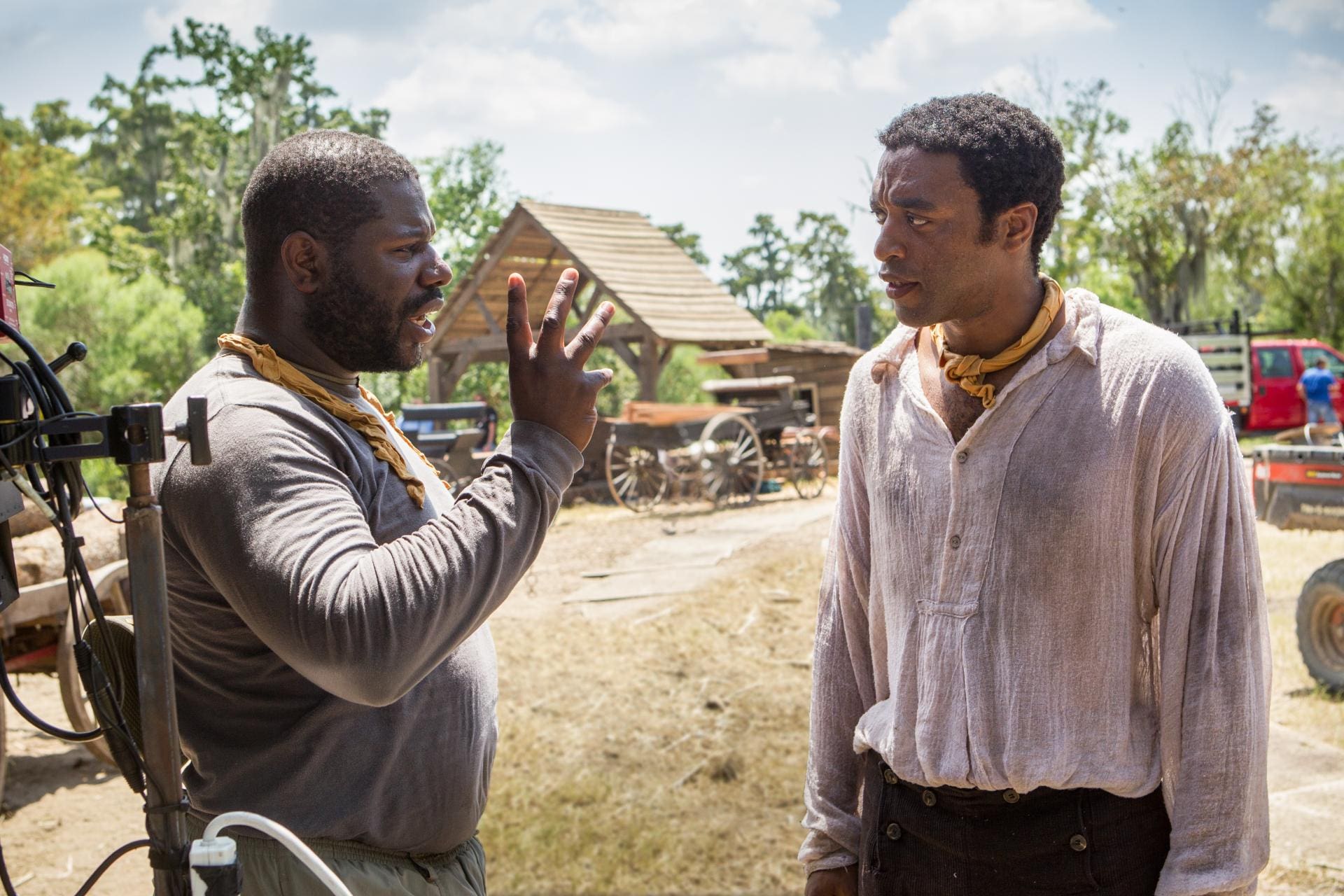
For arguably his most well-known work, Hollywood blockbuster 12 Years a Slave – a historical drama adaptation of an 1853 slave narrative memoir – he won an Academy Award, BAFTA for Best Film, and Golden Globe for Best Motion Picture: Drama as a producer, as well as the gong for Best Director from the New York Film Critics Circle. Indeed, he made history as the first-ever black filmmaker to win an Academy Award for Best Picture. Critic Mark Kermode wrote in The Guardian back in January 2014: “If you have any interest in cinema – or, for that matter, in art, economics, politics, drama, literature or history – then you need to watch 12 Years a Slave… But more important is the reward of seeing an artist using the medium of film for its highest purposes: to elevate, educate and ultimately ennoble the viewer by presenting them with something that is visceral, truthful and electrifyingly ‘real’.”
His work almost always deals uncompromisingly with the issues of identity, representation and history, as well as politics and persecution. He goes way beyond flirting with the taboo, and forces the spectator to stare into the eyes of naked, brutal reality, however uncomfortable it may make us: Bobby Sands’ wasted and withered frame, Shame’s uncontrollable sexual impulses, the torrent of unimaginable torture and abuse in 12 Years A Slave. Spanning two decades of his career, the Tate Modern exhibition will reveal how McQueen’s pioneering and poetic approach has paved the way for a new interpretation of art through film and its powers of communication. “Sex addiction, hunger strikes, slavery – these are huge subjects,” McQueen told the Financial Times in October 2014. “And for some reason people don’t want to take them on. I have no idea [why]. But those are the subjects I want to engage with. I want to narrate them, see them, think about them, grapple with them.”
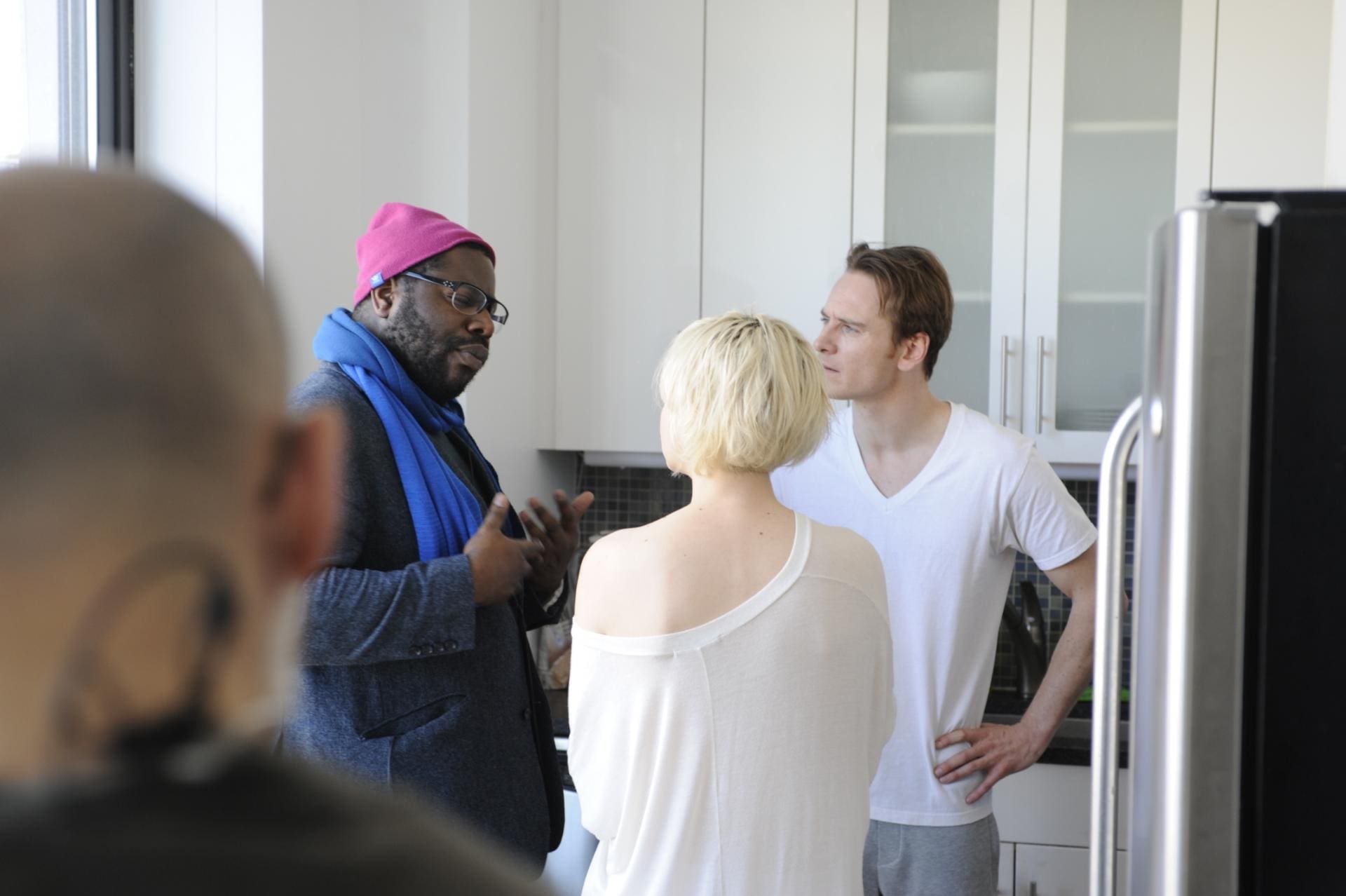
Nearly all of the works included in the showcase were made in the past 20 years, with the edit roughly bookended by two key moments in McQueen’s career; namely winning the 1999 Turner Prize for his much-lauded single-channel video works and his various accolades for 12 Years a Slave (while receiving both an OBE and CBE for good measure). It also clearly begins and ends with London.
The earliest work, Exodus, was made on the streets of East London in 1992/97. Shot on a Super 8 camera, it deals with the issue of race, migration and multiculturalism in London, while in 7th Nov. 2001, we meet the artist’s cousin Marcus, who recounts the day he accidentally shot and killed his own brother.
McQueen’s latest project, Year 3, is a grand civic gesture to his home city, capturing class portraits of Year 3 students from schools throughout the capital. “The city and place become the point of inspiration for McQueen’s art, coming in full circle in some ways to his beginnings,” writes Kim.
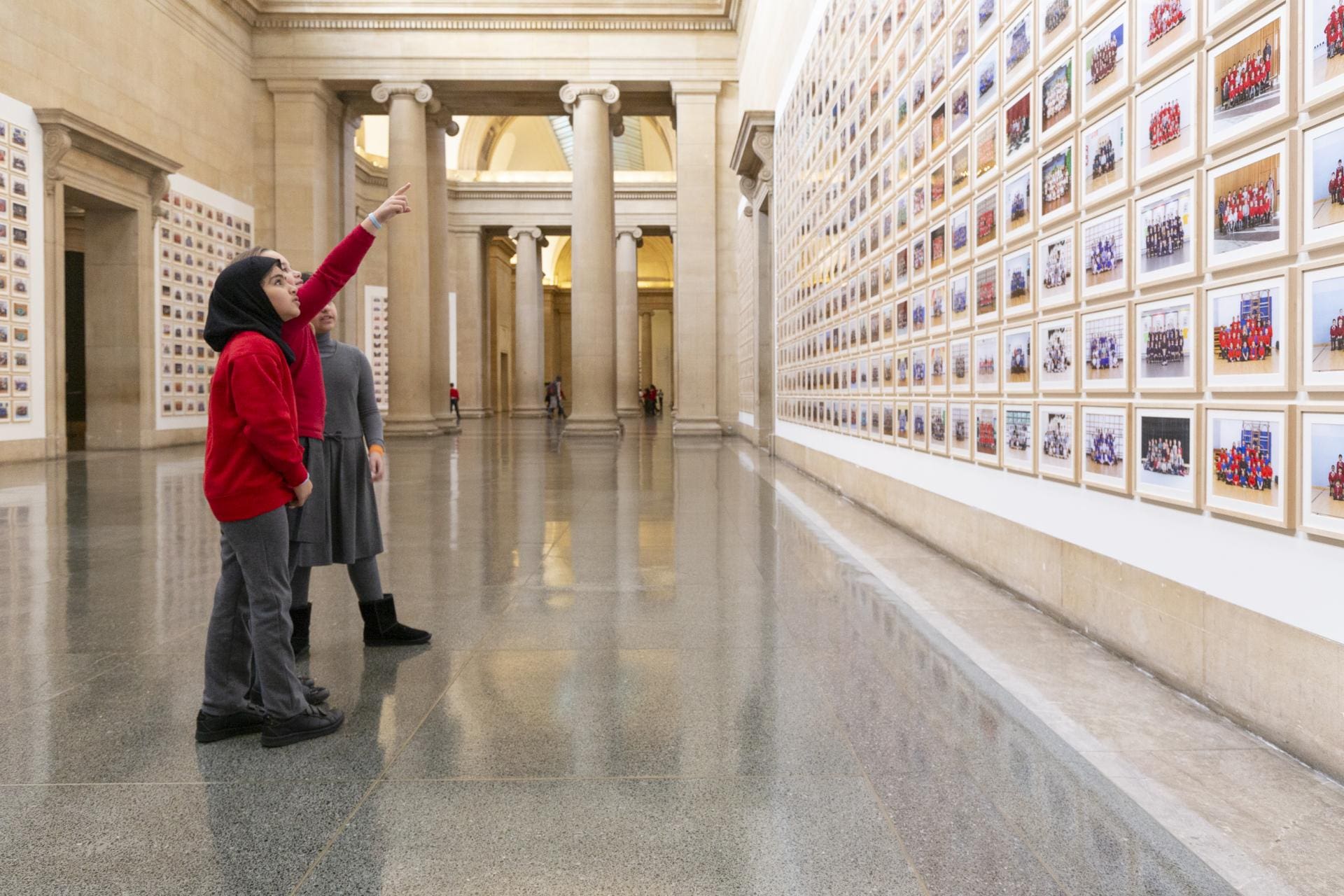
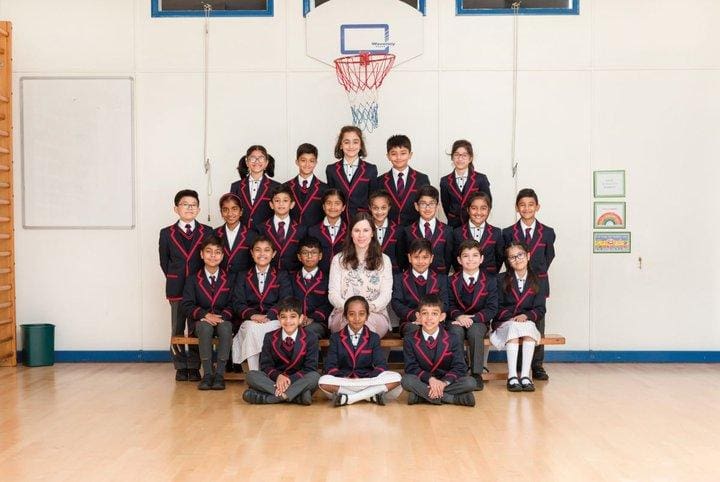
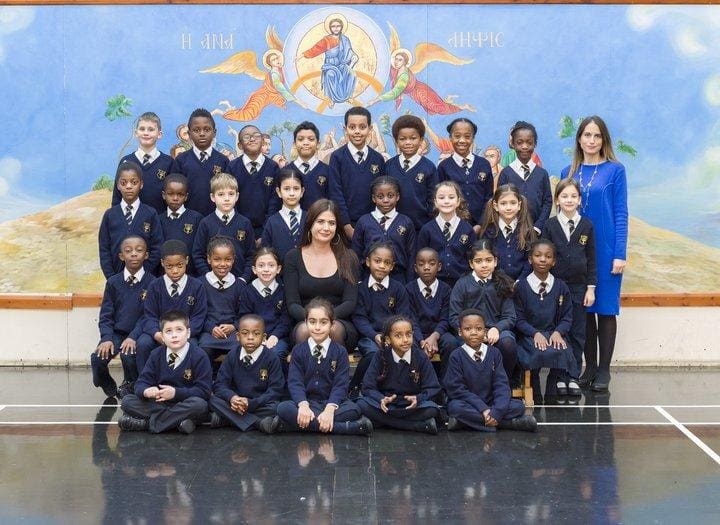
These films are accompanied by immersive, vast video installations such as Western Deep 2002 and Static 2009. The first provides a sensory exploration of the conditions for gold miners in South Africa, while the latter gets up close and personal with one of the most symbolic landmarks in the world through an intricate aerial inspection of the Statue of Liberty.
More recent pieces include the moving two-channel video installation Ashes 2002-15, which is named after and tells the story of a young and charismatic fisherman McQueen met and filmed in Grenada in 2002, before he was murdered the following year. The first channel shows Ashes propped on the prow of a boat, looking out at the vast, glimmering ocean, occasionally smiling at the camera and clearly confident and at ease with himself and his place in the world. Equally calm, but more sombre, the second channel shows a graveyard and the making of a tombstone. McQueen was inspired to make the work when he learned of Ashes’ death, only years after making the initial film, named Caribs’ Leap. The two channels come together to depict a portrait of a man in the prime of his life, and a memorial to his untimely death. “His works demand that we look closer and share his keen sense of observation, awareness and attention, whether in his art or his feature films,” notes Kim. “He holds true the power of the image, and the power of looking to have a transformative effect on how we feel, think and imagine.”
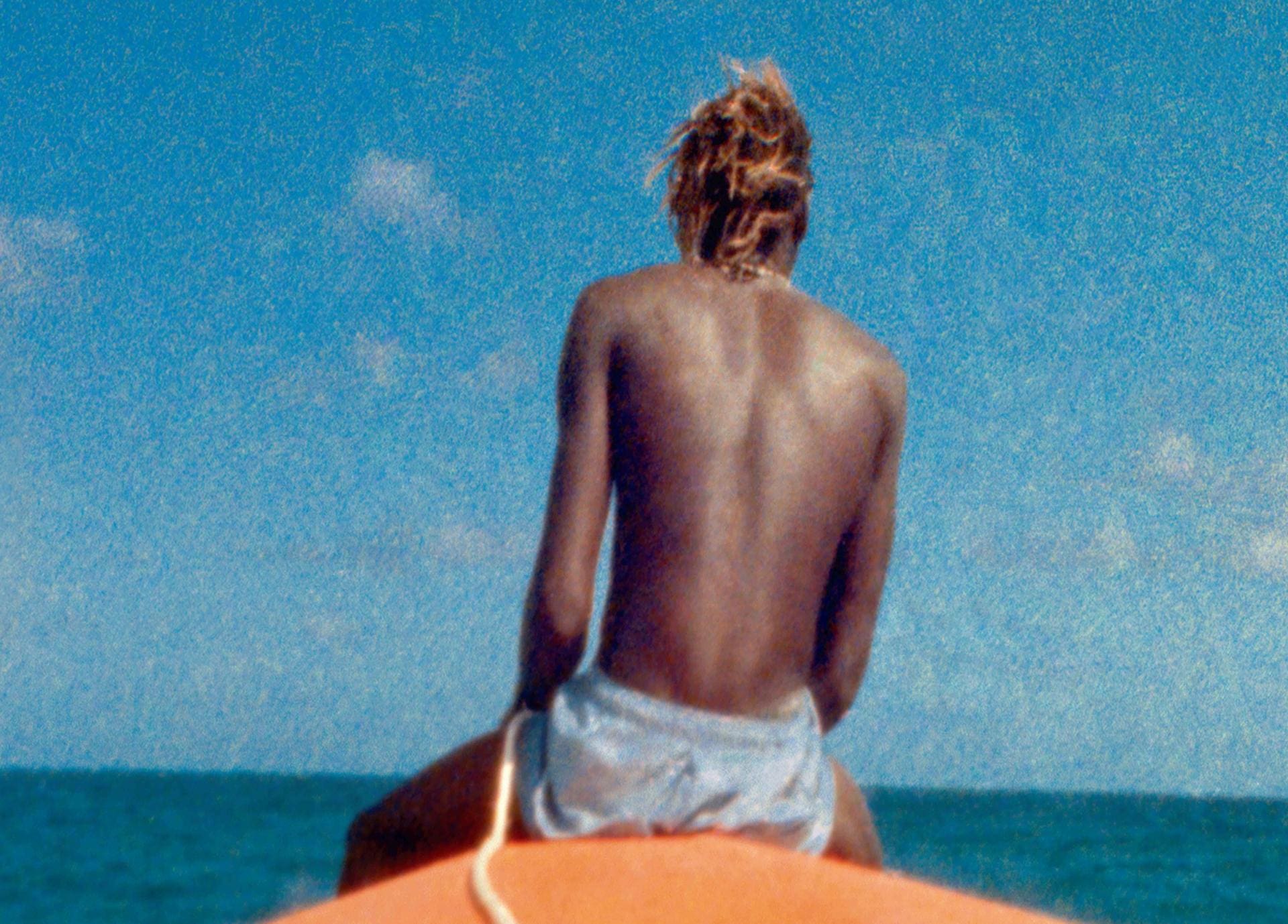
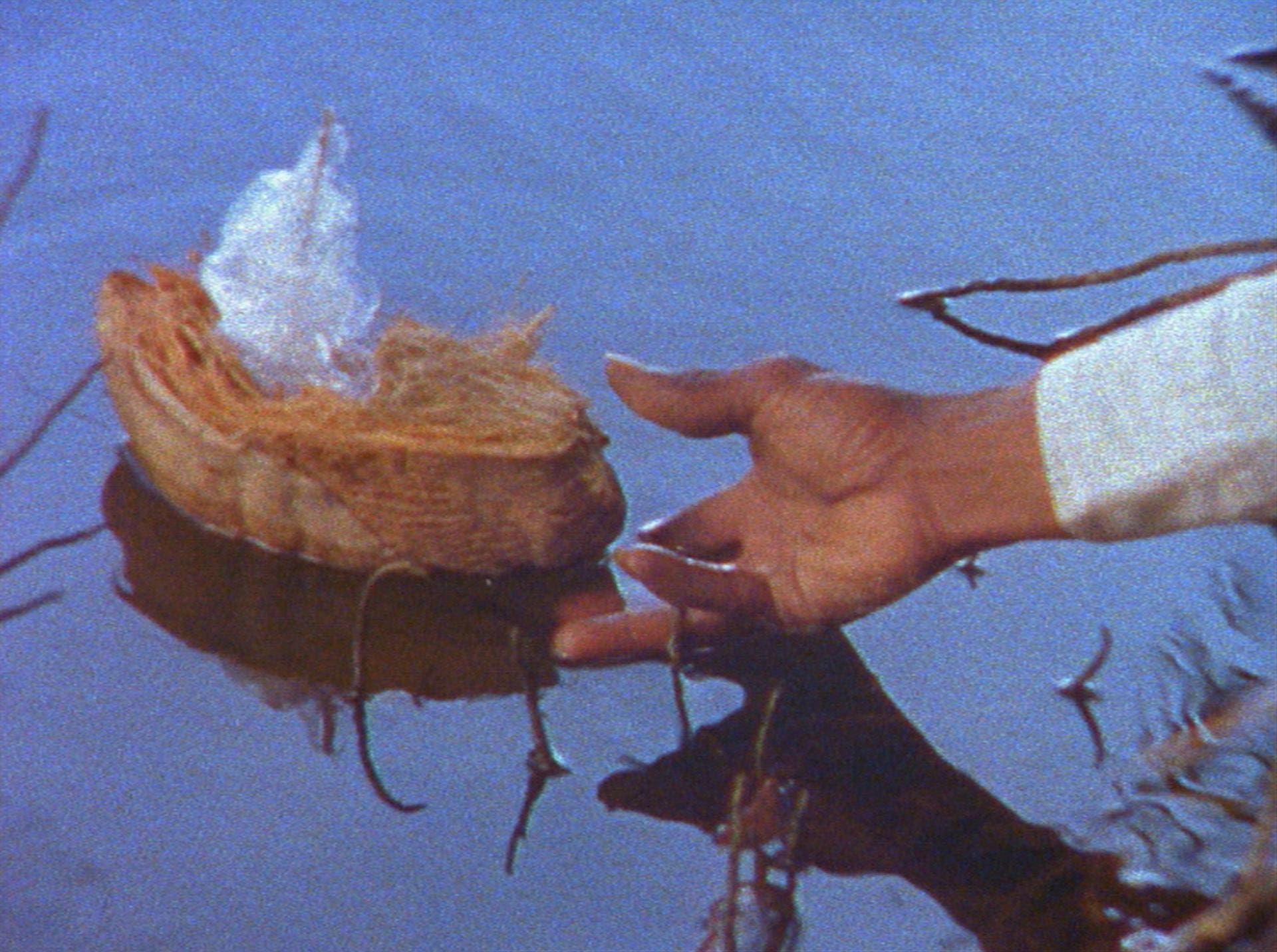
For the first time in the UK, audiences will be able to view End Credits 2012 – ongoing, an evolving tribute to the African-American singer, actor and civil rights activist Paul Robeson (1898-1976) who was put under surveillance by the FBI in the 1950s. The film features rolling slides and voiceovers of the reports against him. In some of the images, entire sections of text are blacked out, so that the images resemble abstract forms while the audio track is totally unsynchronised with the visual display. The video footage runs for more than five hours (and the tape a cool 13, and growing) and is a powerful testament about how a life is “counted, valued and remembered,” says Kim.
“There are moments in Steve McQueen’s films that seem to encapsulate entire worlds,” she continues. “Isolated from the narrative that continues around them, these moments become portals into something mysterious, unknown and transgressive, taking the viewer into a new dimension in the experience of seeing.”
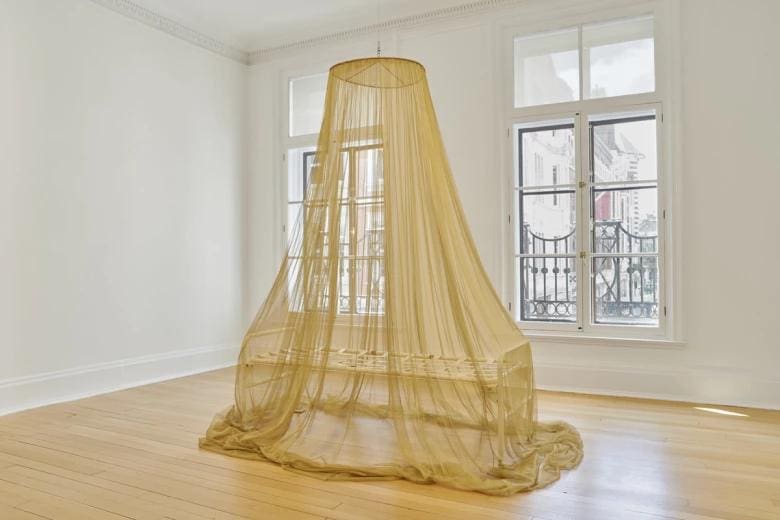
From film to sculpture, Weight 2016 explores the relationships between protection, vulnerability and confinement: a gold-plated mosquito net draped over a metal bed frame. The sculpture was made for Artangel at the now-closed HM Prison Reading, where Oscar Wilde wrote De Profundis in 1897. It was, in fact, originally created to commemorate the 40th anniversary of the partial decriminalisation of homosexuality in the UK.
While McQueen refutes any type of analysis in his work, or indeed artistic style, it is impossible to ignore the recurrent themes: the nature of authority, and the choice between cooperation and resistance. Almost all of his work deals in some way with incarceration, crime and punishment: physically, socially and psychologically. “The fact of the matter is I’m interested in a truth”, Kim quotes McQueen in her accompanying essay. “I am not interested in manipulating people. The complete opposite. I am interested in a truth … the most horrific things sometimes happen in the most beautiful places … I cannot put a filter on life. It’s about not blinking.”
Steve McQueen at Tate Modern, £13, 13 February – 11 May, tate.org.uk
